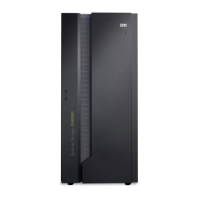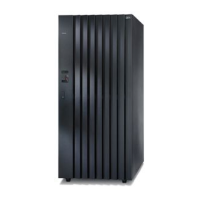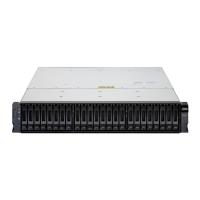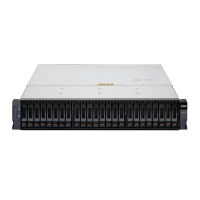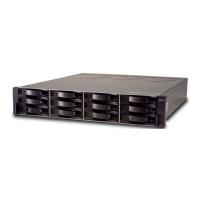Chapter 3. Data management features
The storage system is designed with many management features that allow you to securely process and
access your data according to your business needs, even if it is 24 hours a day and 7 days a week.
This section contains information about the data management features in your storage system. Use the
information in this section to assist you in planning, ordering licenses, and in the management of your
storage system data management features.
Transparent cloud tiering
Transparent cloud tiering is a licensed function that enables volume data to be copied and transferred to
cloud storage. DS8000 transparent cloud tiering is a feature in conjunction with z/OS and DFSMShsm that
provides server-less movement of archive and backup data directly to an object storage solution.
Offloading the movement of the data from the host to the DS8000 unlocks DFSMShsm efciencies and
saves z/OS CPU cycles.
DFSMShsm has been the leading z/OS data archive solution for over 30 years. Its architecture is designed
and optimized for tape, being the medium in which the data is transferred and archived.
Due to this architectural design point, there are inherent inefciencies that consume host CPU cycles,
including the following examples:
Movement of data through the host
All of the data must move from the disk through the host and out to the tape device.
Dual Data Movement
DSS must read the data from the disk and then pass the data from DSS to HSM, which then moves the
data from the host to the tape.
16K block sizes
HSM separates the data within z/OS into small 16K blocks.
Recycle
When a tape is full, HSM must continually read the valid data from that tape volume and write it to a
new tape.
HSM inventory
Reorgs, audits, and backups of the HSM inventory via the OCDS.
Transparent cloud tiering resolves these inefciencies by moving the data directly from the DS8000 to the
cloud object storage. This process eliminates the movement of data through the host, dual data
movement, and the small 16K block size requirement. This process also eliminates recycle processing
and the OCDS.
Transparent cloud tiering translates into signicant savings in CPU utilization within z/OS, specically
when you are using both DFSMShsm and transparent cloud tiering.
Modern enterprises adopted cloud storage to overcome the massive amount of data growth. The
transparent cloud tiering system supports creating connections to cloud service providers to store data in
private or public cloud storage. With transparent cloud tiering, administrators can move older data to
cloud storage to free up capacity on the system. Point-in-time snapshots of data can be created on the
system and then copied and stored on the cloud storage.
An external cloud service provider manages the cloud storage, which helps to reduce storage costs for
the system. Before data can be copied to cloud storage, a connection to the cloud service provider must
be created from the system. A cloud account is an object on the system that represents a connection to a
cloud service provider by using a particular set of credentials. These credentials differ depending on the
type of cloud service provider that is being specied. Most cloud service providers require the host name
of the cloud service provider and an associated password, and some cloud service providers also require
certicates to authenticate users of the cloud storage.
©
Copyright IBM Corp. 2019 35
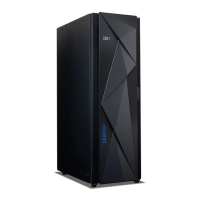
